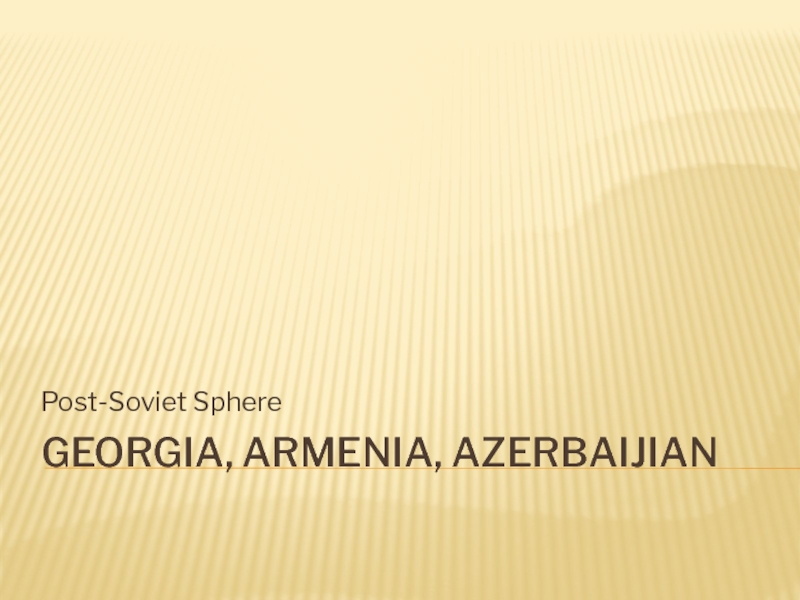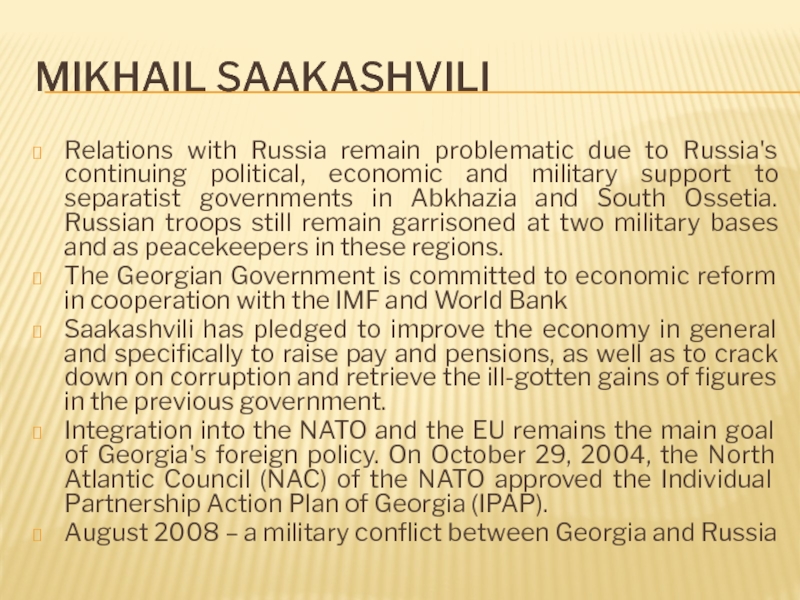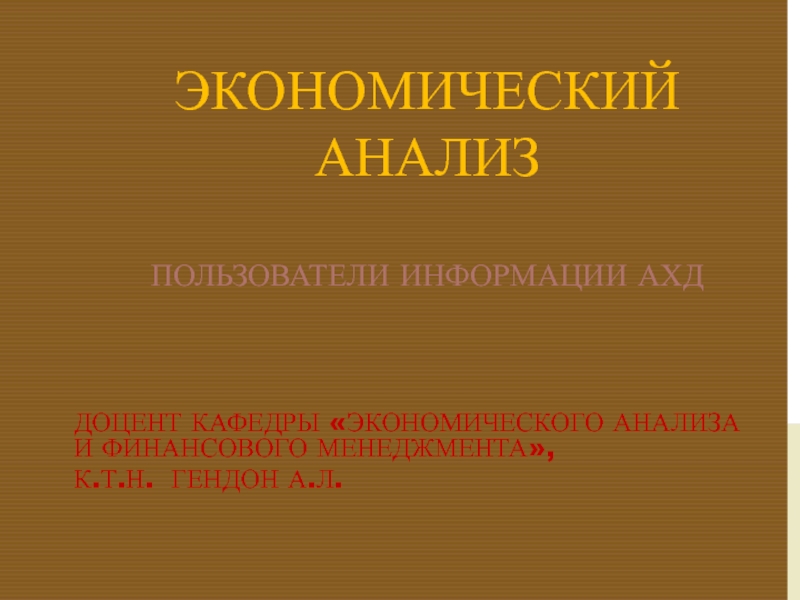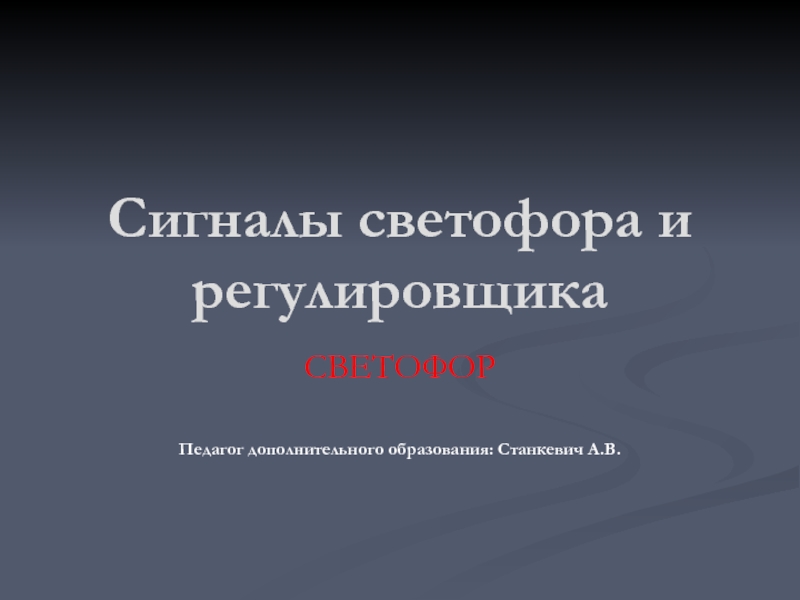Слайд 1Georgia, Armenia, Azerbaijian
Post-Soviet Sphere
Слайд 2Georgia
In 1783, Russia and the eastern Georgian Kingdom of Kartli-Kakheti
signed the Treaty of Georgievsk, which recognized the bond of
Orthodox Christianity between the people of Russia and Georgia. It also promised eastern Georgia protection.
Between 1801 and 1918 the country of Georgia was part of the Russian Empire.
Georgia was one of them, proclaiming the establishment of the independent Democratic Republic of Georgia (DRG) on May 26, 1918. The new country was ruled by the Menshevik faction of the Social Democratic Party
Georgia was annexed by the Soviet Union in 1921. The Georgian Army was defeated and the Social-Democratic government fled the country. The Red Army entered Tbilisi on February 25, 1921 and installed a Moscow directed communist government.
From 1922 to 1991 the Georgian Soviet Socialist Republic (SSR) was one of fifteen federal republics of the Soviet Union. During the Georgian Affair of 1922, Georgia was forcibly incorporated into the Transcaucasian SFSR comprising Armenia, Azerbaijan, and Georgia.
Khrushchev's policy of de-Stalinization was followed by a general criticism of the whole Georgian people and culture. On March 9, 1956, hundreds of Georgian students were killed when they demonstrated against Khrushchev.
The Dissidential movement for restoration of Georgian statehood started to gain popularity in the 1960s.

Слайд 3A peaceful anti-Soviet demonstration in Tbilisi on April 9, 1989,
ended in the deaths of 20 Georgians killed by Soviet
troops. Its legacy served to radicalize Georgia opposition to Soviet power. On the second anniversary of the tragedy, the Supreme Council of the Republic of Georgia proclaimed Georgian independence and sovereignty from the Soviet Union.
Zviad Gamsakhurdia was elected as the first President of independent Georgia on May 26, 1991. He was soon overthrown in a seizure of power that lasted from December 22, 1991 to January 6, 1992.
The new government invited Eduard Shevardnadze to become the head of a State Council - in effect, president - in March 1992,
In August 1992, a separatist dispute in the Georgian autonomous republic of Abkhazia escalated when government forces and paramilitaries were sent into the area to quell separatist activities. Georgia then became embroiled in a bitter civil war that lasted until the end of 1994.
Disputes between local separatists and the majority Georgian populations within Abkhazia and South Ossetia, however, erupted into inter-ethnic violence and wars. Supported by Russia, the two regions eventually achieved independence from Georgia.
In south-western Georgia, the autonomous republic of Ajaria came under the control of Aslan Abashidze, who managed to rule his republic from 1991 to 2004 as a personal fiefdom in which the Tbilisi government had little influence.

Слайд 4Shevardnadze government and his own family - became increasingly associated
with pervasive corruption that hampered Georgia's economic growth. He won
presidential elections in November 1995 and April 2000 with large majorities.
Georgia became a major recipient of U.S. foreign and military aid, signed a strategic partnership with NATO and declared an ambition to join both NATO and the EU.
A powerful coalition of reformists United National Movement headed by Mikhail Saakashvili, Nino Burjanadze and Zurab Zhvania united to oppose Shevardnadze's government in the November 2, 2003 parliamentary elections. The elections were widely regarded as being blatantly rigged; in response, the opposition organised massive demonstrations in the streets of Tbilisi (Rose Revolution). After two tense weeks, Shevardnadze resigned on November 23, 2003 and was replaced as president on an interim basis by Burjanadze.
On January 4, 2004 Mikhail Saakashvili won the Presidential Elections with a huge majority of 96% of the votes cast.
Слайд 5Mikhail Saakashvili
Relations with Russia remain problematic due to Russia's continuing
political, economic and military support to separatist governments in Abkhazia
and South Ossetia. Russian troops still remain garrisoned at two military bases and as peacekeepers in these regions.
The Georgian Government is committed to economic reform in cooperation with the IMF and World Bank
Saakashvili has pledged to improve the economy in general and specifically to raise pay and pensions, as well as to crack down on corruption and retrieve the ill-gotten gains of figures in the previous government.
Integration into the NATO and the EU remains the main goal of Georgia's foreign policy. On October 29, 2004, the North Atlantic Council (NAC) of the NATO approved the Individual Partnership Action Plan of Georgia (IPAP).
August 2008 – a military conflict between Georgia and Russia
Слайд 6Georgia after Saakashvili
2012 – Parliamentary elections – victory of
the coalition Georgian Dream under the leadership of Bidzina Ivanishvili
2013 – Presidential elections – Giorgi Margvelashvili (62%)
Inauguration of Marvelashvili marked the entry into force of a new constitution, significantly cutting the president’s powers while increasing those of the Prime Minister (from november 2013 – Irakli Garibashvili)
The Parliament consists of 150 members, elected in a mixed electoral system (77 0n party lists, 73 – single-mandate majoritarian constituencies)
Слайд 7Armenia and Azerbaijian
Became the part of Russian Empire from
the beginning of the XIX century (1809, 1828).
1915 – Armenian
Genocide
1918-1920 – Azerbaijanian Democratic republic
1918-1922 – independent Armenia (from 1920 –Armenian Soviet Socialist Republic)
1922 – Transcaucasian Soviet Federated Socialist Republic, part of the USSR
Слайд 8Nagorno-Karabakh war
The demand to unify with Armenia, which began anew
in 1988, began in a relatively peaceful manner; however, in
the following months, as the USSR disintegration neared, it gradually grew into an increasingly violent conflict between ethnic Armenians and ethnic Azerbaijanis.
Gorbachev dismissed the Communist party leaders of both Armenia and Azerbaijian
In March of 1988 the Karabakh Committee was officially born
Summer 1988 – Azerbaijanian Popular Front was founded. Its goal – safeguarding Azeri national interests
December 1988 – an earthquake in Armenia
January 1989 – Gorbachev announced that he put the autonomous republic under Moscow’s direct control
September 1989 – a road and railroad blockade of Armenia, victory of the Azerbaijanian Popular Front. The law on sovereignty
Spring 1990 – an increasing number of armed clashes between Armenians and Azeri
In August 1990 – the Armenian Supreme Soviet elected Levan Ter-Petrossian as a chairman, 23 august – a declaration of Armenian independence
Spring 1991 – boycott discussions about a new union
August 1991 – declaration of independence of Armenia and Azerbaijian
October 1991 – Presidential elections in Armenia - Levan Ter-Petrossian, agreed to join CIS
In Azerbaijian presidents were: Ayaz Mutalibov (1991-1992), Abulfaz Elchibey (1992-1993), Geidar Aliev (1993-2002)
In Armenia presidents were: Levan Ter-Petrossian (1991-1998), Robert Kocharian (1998-2008), Serzh Sargsyan (from 2008)
Full-scale fighting erupted in the late winter of 1992. International mediation by several groups including the Organization for Security and Cooperation in Europe (OSCE) failed to bring an end resolution that both sides could work with. In the spring of 1993, Armenian forces captured regions outside the enclave itself, threatening the involvement of other countries in the region. By the end of the war in 1994, the Armenians were in full control of most of the enclave and also held and currently control approximately 9% of Azerbaijan's territory outside the enclave. As many as 230,000 Armenians from Azerbaijan and 800,000 Azeris from Armenia and Karabakh have been displaced as a result of the conflict. A Russian-brokered ceasefire was signed in May 1994 and peace talks, mediated by the OSCE Minsk Group, have been held ever since by Armenia and Azerbaijan.
October 1999 – terroristic act in Yerevan

Слайд 9October 1991 – Presidential elections in Armenia - Levan Ter-Petrossian,
agreed to join CIS
In Azerbaijian presidents were: Ayaz Mutalibov (1991-1992),
Abulfaz Elchibey (1992-1993), Geidar Aliev (1993-2002)
In Armenia presidents were: Levan Ter-Petrossian (1991-1998), Robert Kocharian (1998-2008), Serzh Sargsyan (2008-2018), Armen Sargsyan (from 2018)
Full-scale fighting erupted in the late winter of 1992. International mediation by several groups including the Organization for Security and Cooperation in Europe (OSCE) failed to bring an end resolution that both sides could work with. In the spring of 1993, Armenian forces captured regions outside the enclave itself, threatening the involvement of other countries in the region. By the end of the war in 1994, the Armenians were in full control of most of the enclave and also held and currently control approximately 9% of Azerbaijan's territory outside the enclave. As many as 230,000 Armenians from Azerbaijan and 800,000 Azeris from Armenia and Karabakh have been displaced as a result of the conflict. A Russian-brokered ceasefire was signed in May 1994 and peace talks, mediated by the OSCE Minsk Group, have been held ever since by Armenia and Azerbaijan.
October 1999 – terroristic act in Yerevan

Слайд 10Armenia
Armen Sargsyan (from 2018)
National Assembly – the single-chambered parliament
Azerbaijian
Ilham Aliev
(from 2002)
Milli Majlis – unicameral parliament
New Azerbaijian – the ruling
party





























